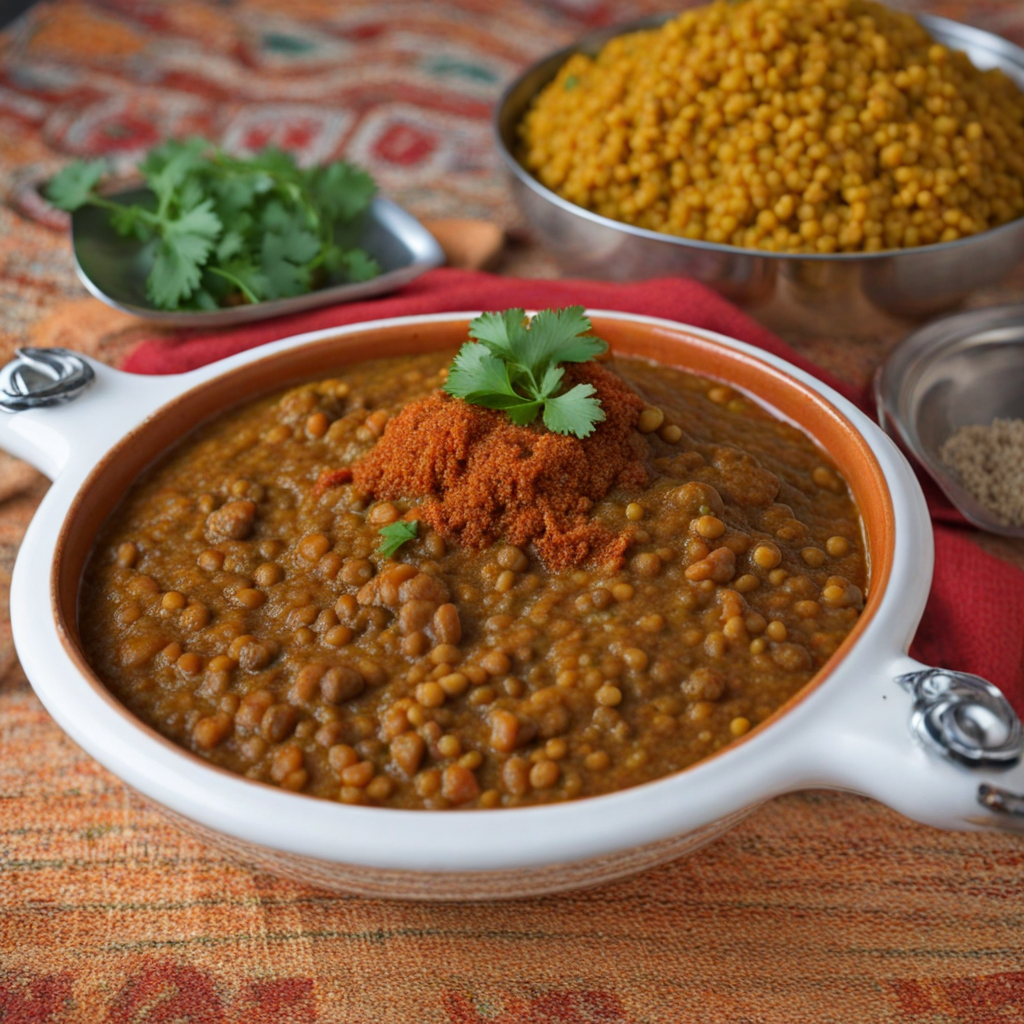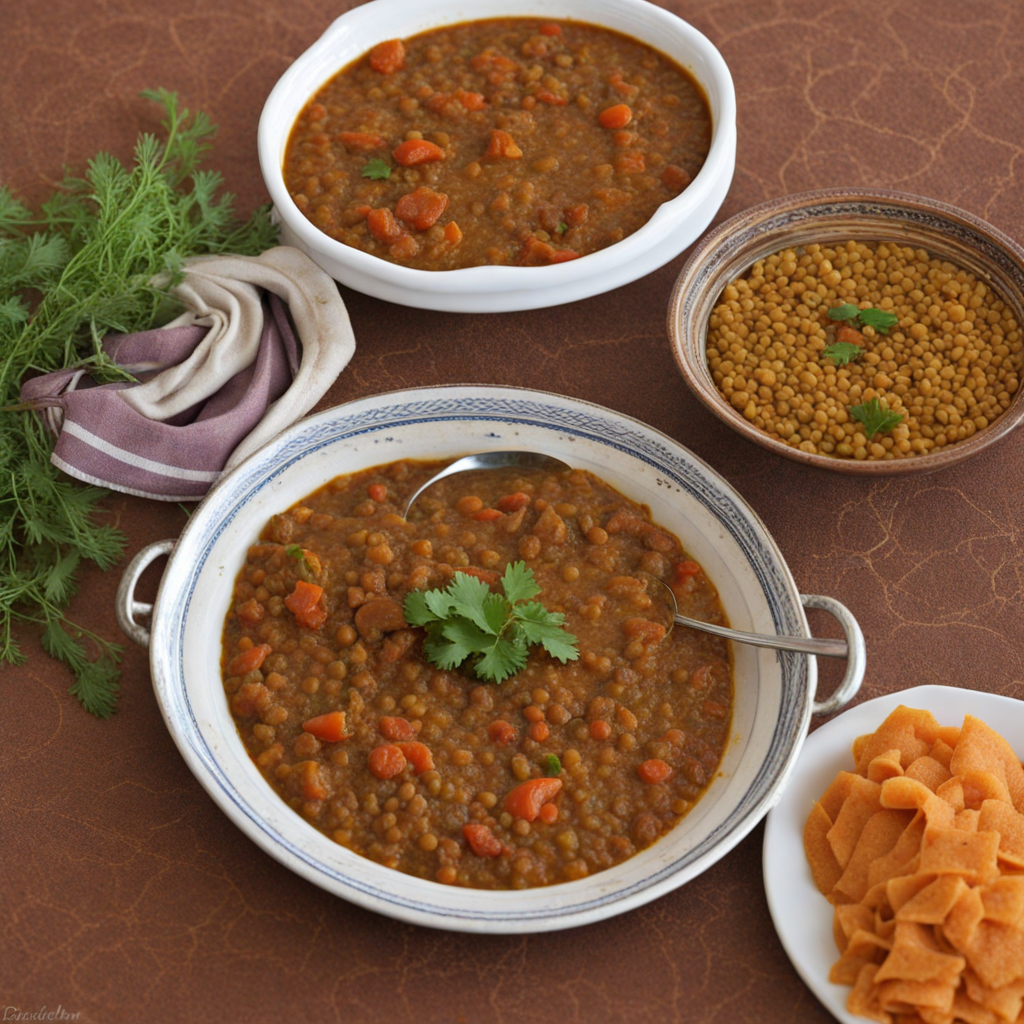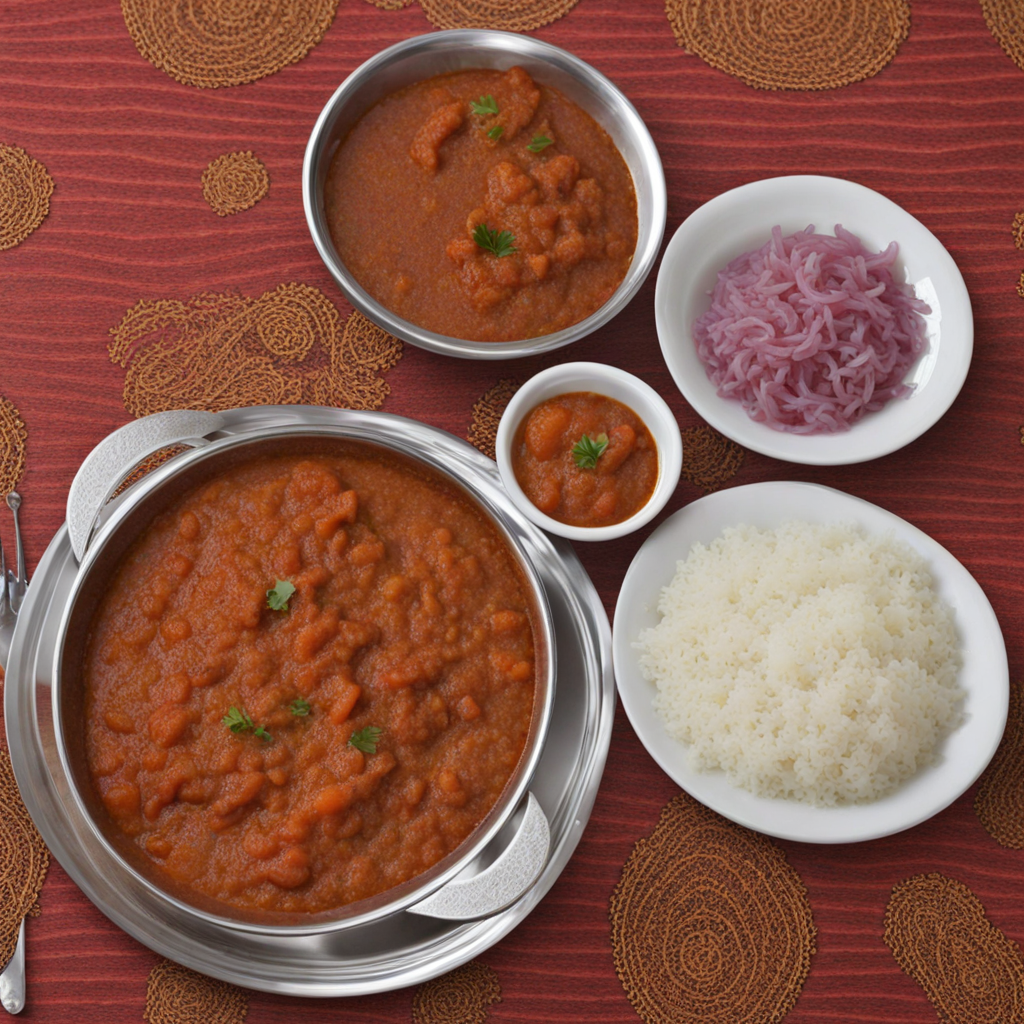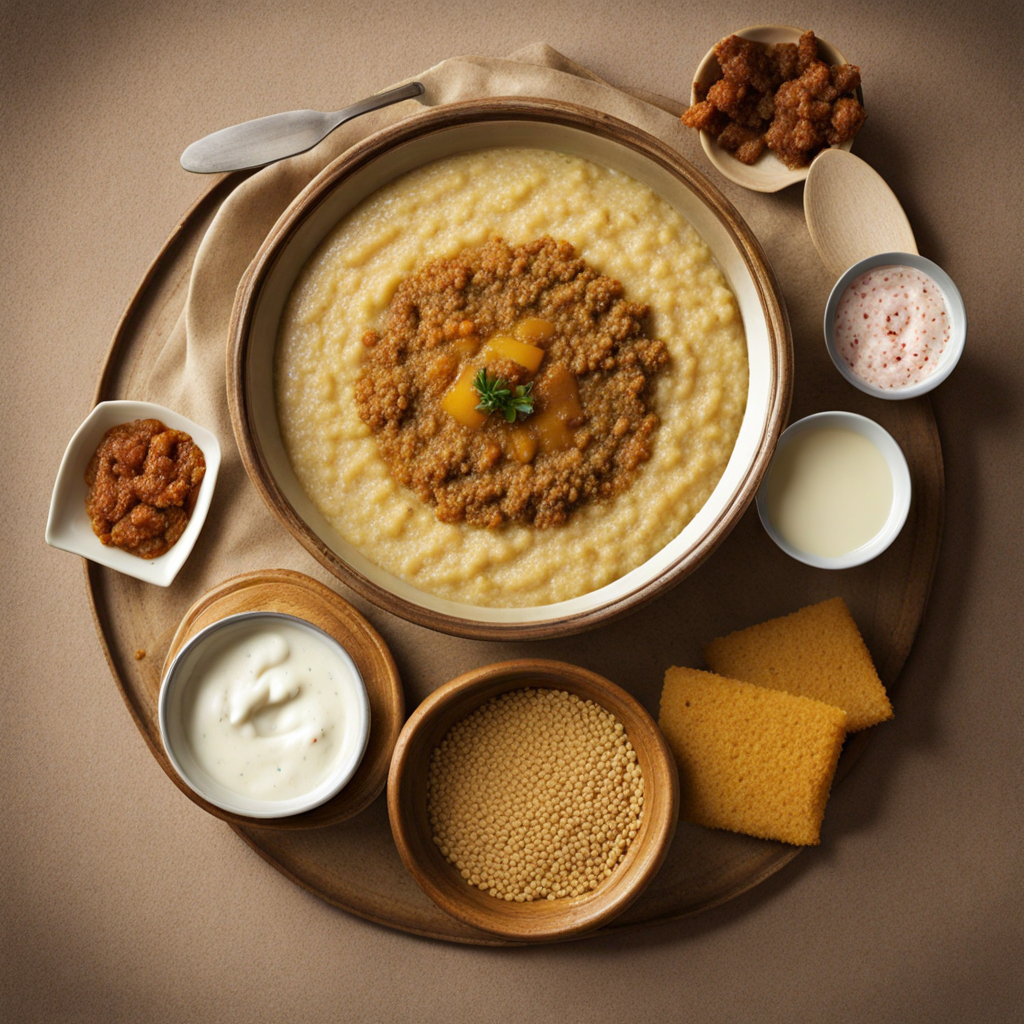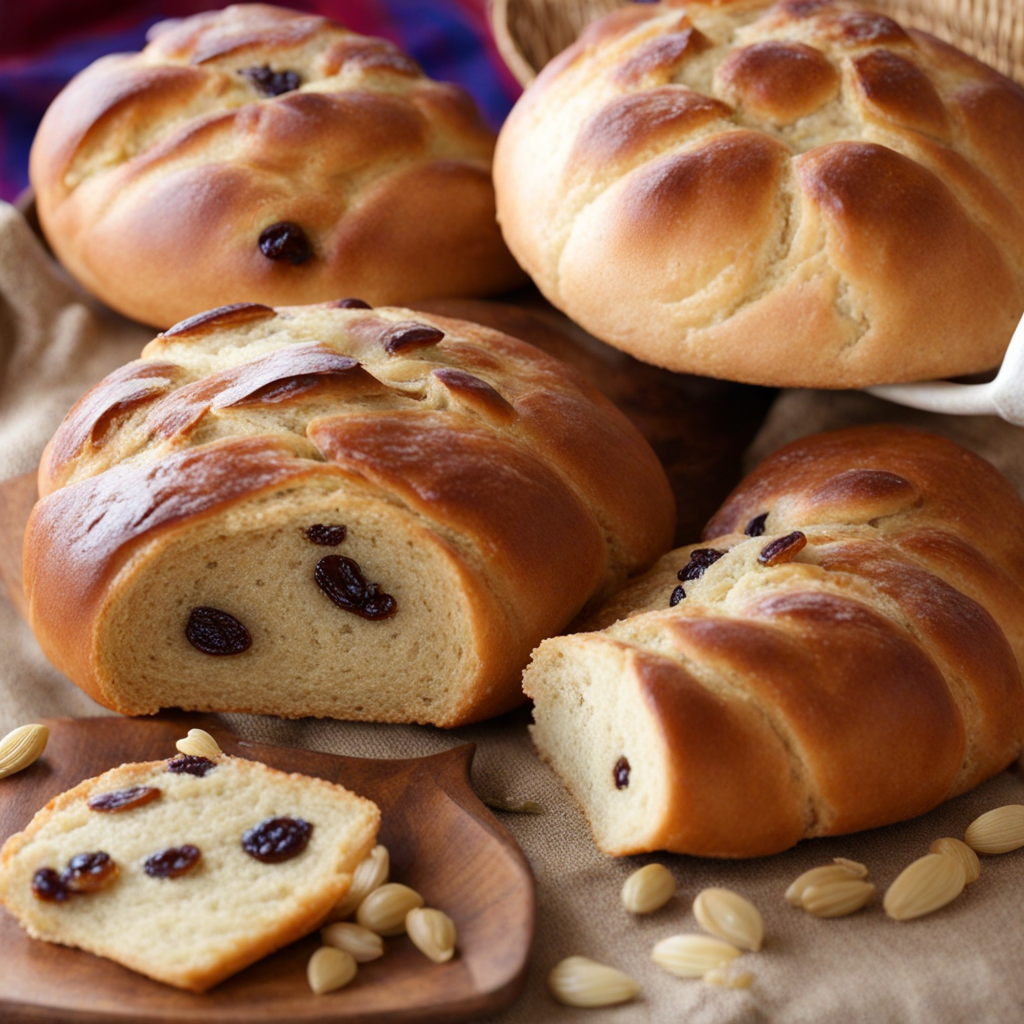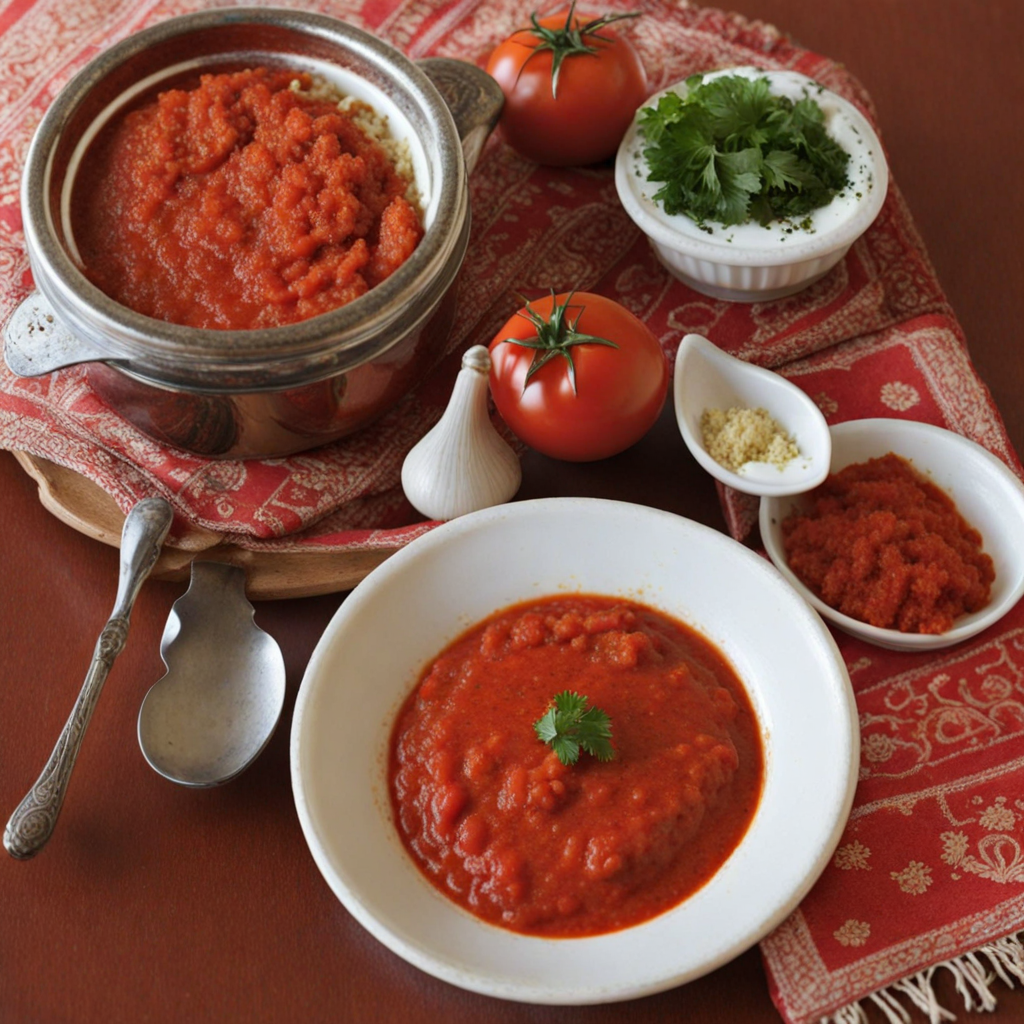Timtimo
Timtimo is a delightful Eritrean dish that showcases the country's rich culinary heritage. This dish is primarily made from finely ground meat, usually beef or lamb, which is seasoned with a blend of aromatic spices, including berbere—a key spice blend made from chili peppers, garlic, ginger, and other spices. The mixture is then shaped into small balls or patties and traditionally served with a variety of accompaniments, such as injera, a sourdough flatbread that acts as both a plate and a utensil for scooping up the meat. What sets Timtimo apart is not just its flavor but also its texture. The meat is often prepared to a tender consistency, allowing it to melt in your mouth with each bite. The spices used in the dish create a warm, earthy flavor profile that is both comforting and invigorating. The use of fresh herbs, like cilantro or parsley, can add a burst of freshness that balances the richness of the meat. When served with injera, the combination allows for a unique dining experience that encourages communal eating and sharing. Timtimo can also be enhanced with various side dishes, such as spicy lentils, sautéed greens, or a tangy tomato salad, which further enrich the meal. This dish is typically enjoyed during special occasions or family gatherings, making it not only a feast for the senses but also a celebration of Eritrean culture and tradition. With its vibrant flavors, Timtimo invites adventurous eaters to explore the heart of Eritrean cuisine, offering a taste that is both unique and unforgettable.
How It Became This Dish
The History of ትምቲሞ (Timtimo) in Eritrean Cuisine #### Origins of Timtimo Timtimo, a staple dish in Eritrean cuisine, is a type of porridge made primarily from ground barley. Its name derives from the Tigrinya word “timtim,” which means "to grind," highlighting the dish's primary component and preparation method. The origins of Timtimo can be traced back to the highlands of Eritrea, where barley is one of the most commonly cultivated grains, thriving amid the region's temperate climate and fertile soils. Historically, barley has been a crucial crop in the Horn of Africa, particularly among agrarian communities. The cultivation of barley dates back thousands of years, positioning it as one of the earliest domesticated grains. Its adaptability to the highland climate made it a preferred choice for early Eritrean farmers. The nutritional value of barley, rich in fiber and essential nutrients, has made it a reliable food source, particularly in rural communities where access to a diverse range of foods may have been limited. #### Cultural Significance Timtimo holds a special place in Eritrean culture and daily life. It is not merely a food item but a symbol of hospitality and communal sharing. Traditionally, Timtimo is prepared during significant occasions such as weddings, religious celebrations, and communal gatherings, where it is often served alongside various stews, vegetables, and sauces. This dish embodies the spirit of communal eating, where families and friends gather around a shared plate to enjoy the meal together, reinforcing social bonds and cultural identity. The preparation of Timtimo also reflects the Eritrean ethos of resourcefulness. In many households, the dish is made using simple, locally sourced ingredients, showcasing the nation's agricultural heritage. The grinding of barley into flour can be a communal activity, often involving family members working together, sharing stories, and fostering a sense of unity. This practice is particularly significant in rural areas, where traditional methods of food preparation are preserved and passed down through generations. #### Development Over Time As Eritrea has evolved politically and socially, so too has the culinary landscape, including the preparation and consumption of Timtimo. The Italian colonization of Eritrea from the late 19th century to the mid-20th century introduced new ingredients and culinary techniques to the region. While the core essence of Timtimo remained unchanged, the influence of Italian cuisine led to a greater variety of side dishes and flavor profiles accompanying the porridge. In modern Eritrea, Timtimo continues to be a versatile dish that adapts to contemporary tastes while maintaining its traditional roots. Variations of Timtimo can be found across different regions of Eritrea, each incorporating local ingredients and flavors. While barley remains the primary grain used, some households have begun to experiment with other grains like millet and wheat, especially in urban areas where access to diverse ingredients is more readily available. Moreover, the global diaspora of Eritreans has played a significant role in the evolution of Timtimo outside Eritrea. As Eritrean communities have settled in various countries, they have brought their culinary traditions with them, introducing Timtimo to new audiences. Eritrean restaurants in cities around the world serve Timtimo alongside other traditional dishes, creating a bridge between cultures and sharing the rich heritage of Eritrean cuisine with a broader audience. #### Modern-Day Timtimo and Its Role in Society Today, Timtimo is more than just a dish; it has become a cultural emblem of Eritrean identity. Amidst globalization and the rapid changes in food culture, many Eritreans remain steadfast in their connection to traditional foods like Timtimo. The dish is often featured in community events, cultural festivals, and Eritrean Independence Day celebrations, where it serves as a reminder of resilience, heritage, and the shared history of the Eritrean people. In addition to its cultural significance, Timtimo continues to be a practical and nutritious food choice. With increasing awareness about health and wellness, many people are returning to whole grains like barley for their health benefits. Timtimo, being rich in fiber and low in fat, is a sought-after option for those looking to incorporate healthier grains into their diet. Furthermore, the rise of social media has allowed Eritreans around the world to share recipes and cooking techniques, creating a virtual community centered around the love of traditional food. This has fostered a revival of interest in Eritrean cuisine, encouraging younger generations to learn about their culinary heritage and continue the tradition of making Timtimo. #### Conclusion In conclusion, Timtimo is more than a simple porridge; it embodies the history, culture, and resilience of the Eritrean people. From its origins in the highlands of Eritrea to its place as a symbol of hospitality and community, Timtimo has evolved while remaining deeply rooted in tradition. As Eritrea continues to navigate the complexities of modern life, Timtimo stands as a testament to the enduring legacy of its cuisine, connecting generations through the shared experience of food. With its rich history and cultural significance, Timtimo will undoubtedly remain a cherished dish in Eritrean households for years to come, reminding all who partake of the stories, traditions, and shared moments that make up the fabric of Eritrean identity.
You may like
Discover local flavors from Eritrea


